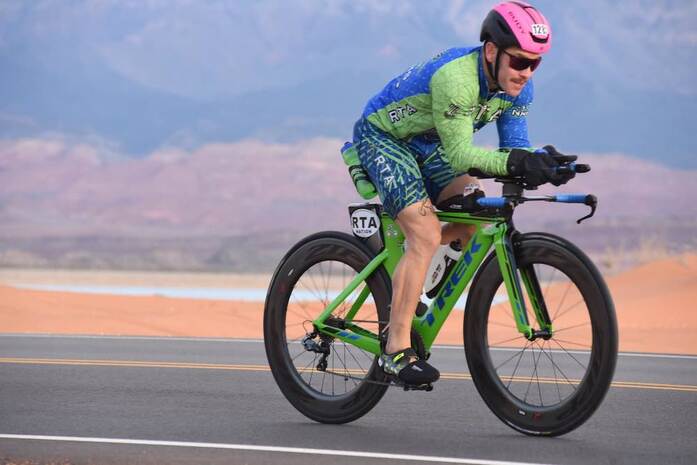Rules Of The RoadDistracted riders, bad road conditions and narrow road and poor rider etiquette can all make road cycling dangerous. Unfortunately, triathletes are often uninformed and this is in part because cycling is only 1 of 3 sports that comprise triathlon. Needless to say, this is not an excuse. Knowing the rules of the road will help keep you safer and also make you a better riding partner. Below you will find our top 5 tips for various cycling situations, powered by our friends at Road ID. PacelinesTop 5 Tips for Riding in Pacelines & Echelons
Intersections & RampsTop 5 Tips for Intersections + Ramps
Advice For Drivers7 Tips for Drivers – How to Drive With & Around Cyclists
PassingTop 5 Tips for Passing Cars, Cyclists & Pedestrians
CorneringTop 5 Tips for Cornering
Group RidingTop 5 Tips for Riding in a Group
SignalingTop 5 Tips for Signaling
Bike Fit & MaintenanceTop 5 tips for Bike Fit and Maintenance
Cycling Car HazardsTop 5 Tips for Avoiding Car Hazards
Cycling SkillsTop 5 for Bike Handling and Safety Tips
Rights of CyclistTop 5 Rights and Responsibilities of Cyclists
Defusing Road RageTop 5 Ways to De-Escalate Road Rage
Riding in TrafficTop 5 Tips for Riding in Traffic
Comments are closed.
|
Categories
All
Archives
July 2024
|
RTA TriathlonRTA is a comprehensive triathlon coaching organization and fully supported USAT sanctioned triathlon club.
We are based in Ridgewood, NJ and coach triathletes of all abilities from across the country. Our mission is to make you a better triathlete. Contact us when you're ready to take your "game" to the next level. |
|
|
Quick Links |
Let's get social
RTA Triathlon
Copyright © 2022
Copyright © 2022


 RSS Feed
RSS Feed
